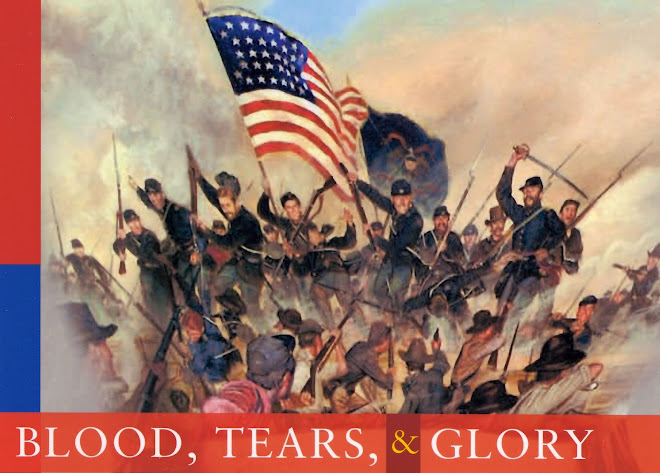By November 1, Grant had 20,000 men in his command, well trained, ready to meet the enemy, and hungry for action. So was Grant. “What I want is to advance,” he wrote. Today, he will get his chance. A few days earlier, General Frémont had asked him to block Confederate forces from crossing the
Escorted by two gunboats, Grant had set out by steamer yesterday with four regiments of
By mid-morning, Grant’s forces are attacking the Confederates at Belmont, the inexperienced soldiers pressing ahead in what turns into an uncontrolled firefight. As the bullets whiz by, Grant remains bravely mounted on his horse, riding behind the firing line and encouraging his men. But when the Confederates flee in disarray, Grant loses what control he had as his Union soldiers fall to looting the abandoned Confederate campsites.
Then Confederate reinforcements from
Grant’s 3,114 men had encountered about 5,000 Confederates. The outcome is best described as a draw. Though the battle later will be called pointless, it was a valuable learning experience for Grant. Personally, he performed well in combat, remaining calm in the face of danger, but learned he would need to exercise more control in the future.
And, unlike George B. McClellan in the east, Grant is demonstrating an eagerness to take the fight to the enemy. It is a sign of things to come.



No comments:
Post a Comment